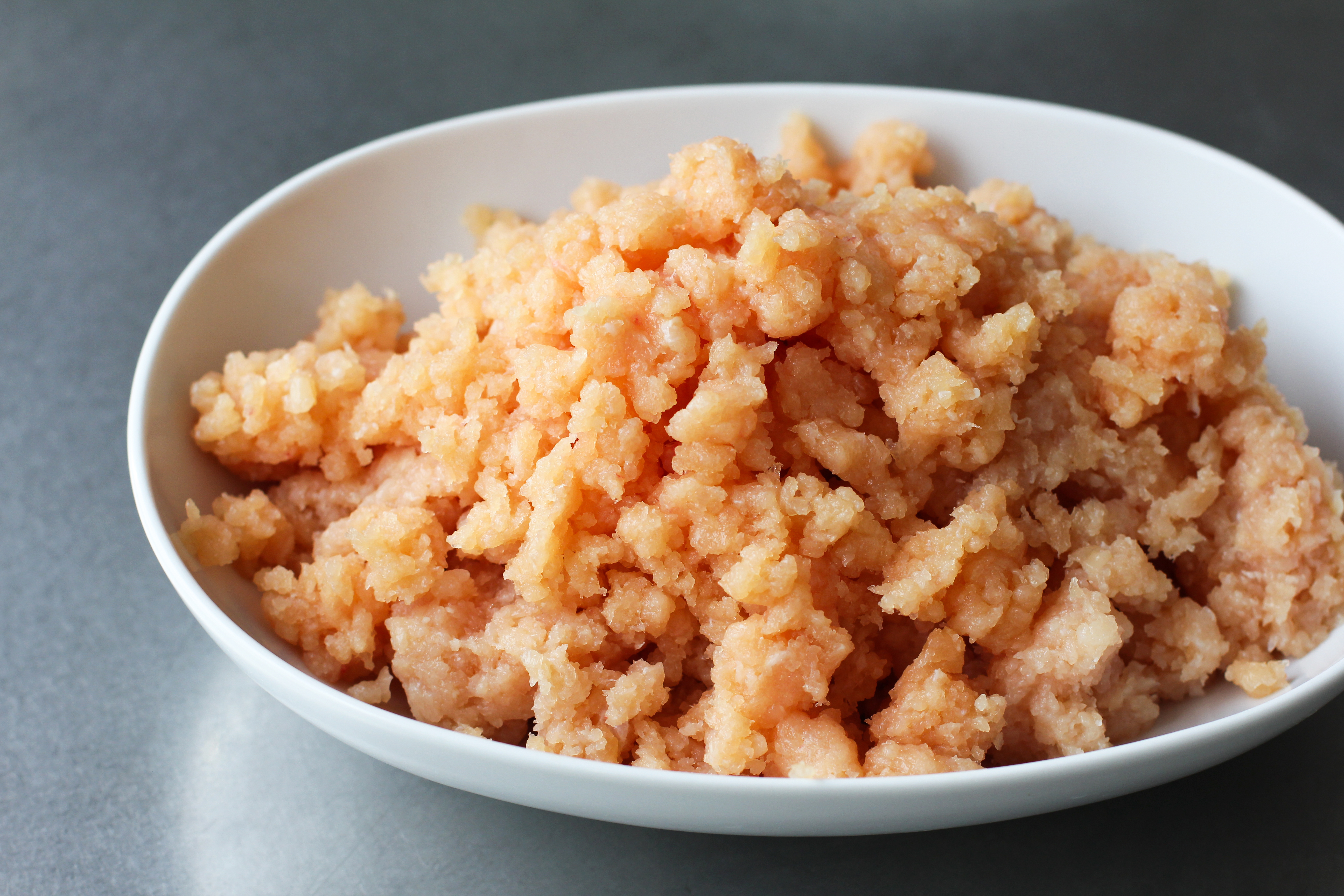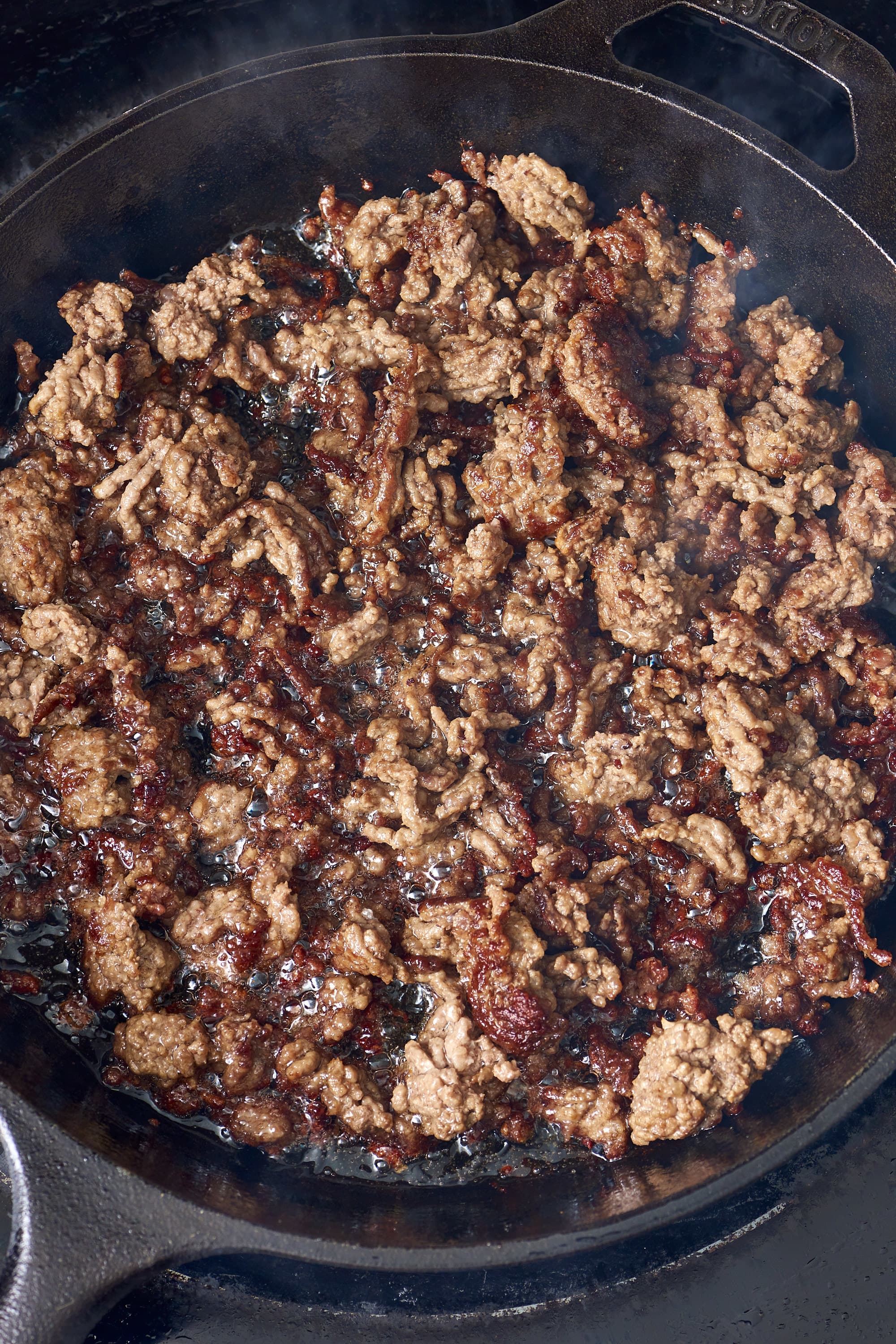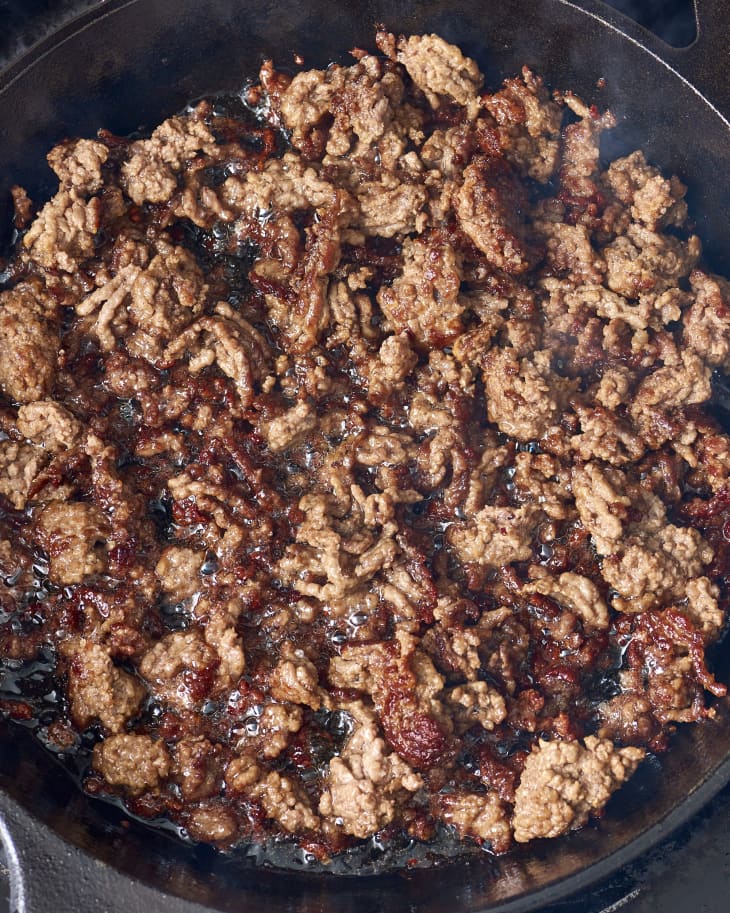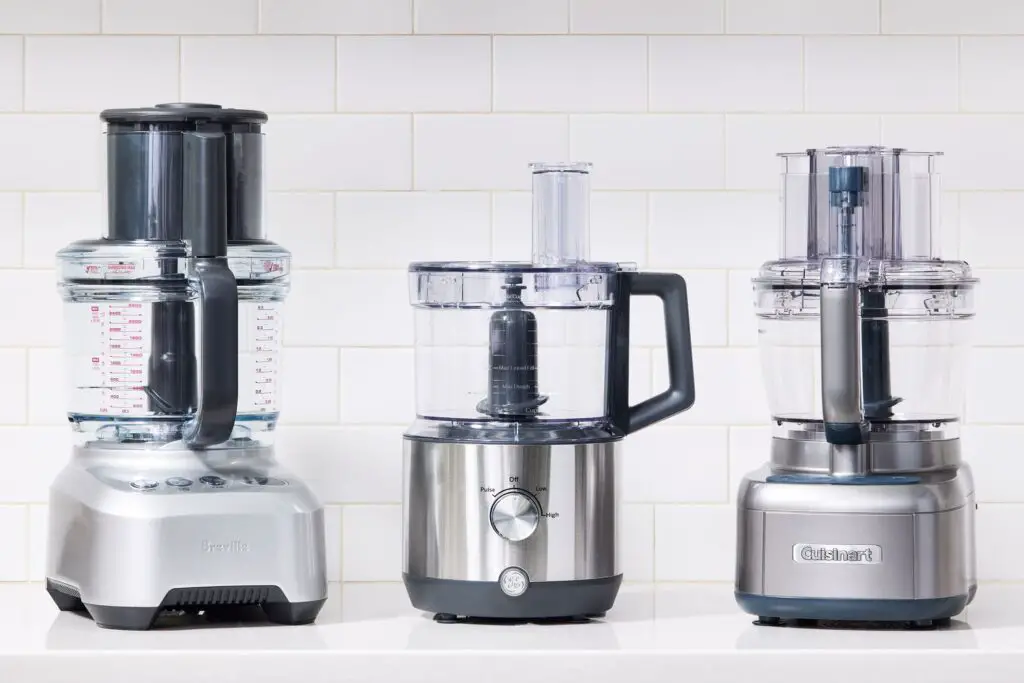Yes, you can grind cooked meat in a food processor. Ensure the meat is tender and not overly dry for the best results.
Grinding cooked meat in a food processor is a quick and efficient way to repurpose leftovers into dishes like salads, fillings for tacos or ravioli, or even for creating homemade spreads. The food processor’s blades easily break down the soft fibers of cooked meats, transforming them into a ground consistency suitable for various culinary uses.
To optimize your food processor’s performance, cut the cooked meat into small, uniform pieces before processing and use the pulse function to control the texture. Remember not to overload the processor to prevent straining the motor and to achieve an even grind. This method is especially helpful for those aiming to minimize kitchen waste and for home cooks looking to expand their repertoire with versatile, meat-based recipes.

Credit: food52.com
Blending Vs. Grinding Cooked Meat
Blending cooked meat using a food processor often results in a fine, spreadable consistency. This method can create mixtures ideal for spreads or pâté. Grinding, on the other hand, usually provides a coarser, more textured finish. Perfect for fillings or combined meat dishes.
| Equipment | Resulting Texture |
|---|---|
| Food Processor | More uniform, smoother texture |
| Meat Grinder | Chunkier, distinct meat pieces |
- A food processor chops meat finely.
- A meat grinder leaves chunks for texture.
Choosing The Right Food Processor
Selecting the appropriate food processor for grinding cooked meat is essential. Size and capacity matter, as a larger processor handles more meat. Consider a bowl size that best fits your needs.
Different blade varieties can affect grinding efficiency. Look for processors with multiple blade options to ensure fine grinding. Stainless steel blades are typically the best choice for handling cooked meat.
| Power (Watts) | Speed Settings |
|---|---|
| 200-400W | Low for soft meats |
| 400-600W | Medium for average blends |
| 600W+ | High for tough meats |
Choose a processor with adequate power and speed settings. For cooked meat, options above 600 watts with multiple speed settings are ideal.
Prepping The Meat For Grinding
Before grinding cooked meat with a food processor, a cooling period is crucial. Let the meat sit until it reaches room temperature. This step ensures that the meat grinds smoothly and evenly. Next, cut the meat into smaller, uniform pieces. Pieces should be small enough to fit easily into the food processor’s feed tube. This preparation leads to consistent texture and prevents the machine from overworking.
The Grinding Process
Grinding cooked meat in a food processor is different from raw meat. Use the pulsing technique for better control. Gently push the pulse button. Short bursts chop the meat. This prevents mushiness.
Consistency is key in the grinding process. Check the meat texture often. Aim for an even consistency. Remove any large chunks left.
Don’t overload the processor. Grind in batches for best results. This ensures each piece is uniform. Small portions create a consistent grind. Overfilling leads to uneven textures and strains the machine.
Troubleshooting Common Issues
Grinding cooked meat in a food processor can sometimes lead to overheating. This happens if the meat is too dense or the processor runs too long. Cut the meat into small chunks and grind in short bursts to prevent this. Let the machine rest in between to avoid overheating.
Uneven grinding is another issue to watch for. This occurs when pieces are not cut uniformly or are overloaded in the food processor. Solution? Make sure all pieces are roughly the same size. Grind in small batches for best results. That way, each piece gets enough blade contact.
Cleanup And Maintenance
Maintaining a food processor’s cleanliness is crucial. Ensure to wash the blades and bowl after each use. Use warm, soapy water and a soft brush to remove any meat residue. For stubborn bits, soaking may be necessary before scrubbing. Dry parts thoroughly to prevent rust and dullness of blades.
Proper storage extends your food processor’s life. Blades and attachments should be stored separately to avoid damage. Keep the food processor in a dry, cool place. Please protect it from dust by covering it or placing it inside a cabinet. This will ensure optimal performance for future uses.
Creative Uses For Ground Cooked Meat
Ground-cooked meat offers a delightful twist in kitchen creativity. Transform your leftovers into delicious meatballs and patties. Mix herbs and spices to match your taste. This meat can then be pan-fried or baked.
- For cozy meals, blend ground meat into hearty casseroles and savory pies.
- Enrich your favorite dishes like lasagna or shepherd’s pie with layered flavor.
- Create enticing stuffings and fillings for vegetables or pastries.
Such versatility leads to endless meal possibilities. A food processor makes preparation quick and easy. Embrace experimenting with seasonings and combinations. Your dishes will flourish.

Credit: www.kitchenkonfidence.com
Health And Safety Considerations
Avoiding cross-contamination is crucial for health. Always clean your food processor before and after use. Use separate cutting boards for raw and cooked meats. To store ground meat safely, refrigerate it within two hours of cooking. Could you keep it in a clean, airtight container? Label the container with the date of grinding. This helps track freshness. Ground meat can stay in the fridge for 1-2 days or in the freezer for 3-4 months. Never refreeze previously frozen and ground-cooked meat. It could lead to bacterial growth.
Can a food processor be used as a meat grinder?
Yes, a food processor can be used to grind meat, but it’s important to note that not all food processors are designed specifically for heavy-duty meat grinding. While a food processor can handle small amounts of meat, it may not provide the same performance and consistency as a dedicated meat grinder.
If you plan to use a food processor for grinding meat, here are some tips to keep in mind:
Choose the right cuts of meat: Opt for cuts that have a good balance of fat and lean meat, such as chuck or sirloin. Avoid using cuts with excessive connective tissue or gristle, as they can be difficult to grind.
Cut the meat into small pieces: Before grinding, trim any excess fat from the meat and cut it into small, evenly-sized cubes. Smaller pieces will be easier to process and result in a more consistent grind.
Work in batches: Depending on the size and power of your food processor, you may need to work in batches to grind the meat effectively. Overloading the food processor can strain the motor and result in uneven grinding.
Pulse and process: Place the meat cubes into the food processor bowl and cover it with the lid. Pulse the food processor in short bursts to break the meat into smaller pieces. Then, process continuously until you achieve the desired consistency. Avoid over-processing, as it can result in a paste-like texture.
Check for consistency: Stop the food processor periodically and check the consistency of the ground meat. If you prefer a finer grind, continue processing. If you want a coarser texture, remove the meat from the food processor.
Chill the meat: If the meat starts to warm up during the grinding process, it can affect the texture and make it more difficult to achieve a consistent grind. If needed, you can place the meat in the freezer for a short period to firm it up before grinding.
Clean thoroughly: After grinding the meat, clean the food processor thoroughly, including the blades and bowl, to remove any meat residue and prevent cross-contamination.
While a food processor can serve as a temporary solution for grinding meat, if you frequently grind meat or plan to grind larger quantities, investing in a dedicated meat grinder or stand mixer attachment specifically designed for grinding may offer better performance and consistency.

Credit: www.thekitchn.com
FAQs
Can You Puree Meat In A Food Processor?
Yes, you can puree cooked meat in a food processor. The process is quick and straightforward. Ensure the meat is tender and cut into small pieces for uniform pureeing. This method works well for a variety of dishes, like spreads or baby food.
Is Grinding Meat In A Processor Safe?
Grinding meat in a food processor is safe when done properly. Always start with a clean food processor, and use cooked meat to avoid contamination. Process the meat until it reaches the desired texture, but avoid overloading the machine to prevent strain.
What’s The Best Way To Grind Meat In A Processor?
The best way to grind meat in a food processor involves chilling the meat slightly beforehand. Cut the meat into small, uniform pieces. Pulse in short bursts to control the consistency. Do not overfill the processor to ensure even grinding.
Can A Food Processor Replace A Meat Grinder?
A food processor can serve as an alternative to a meat grinder for grinding cooked meat. While not as specialized, it can still efficiently grind meat to a desired consistency. However, for raw meat, a dedicated meat grinder might yield better results.
Conclusion
Grinding cooked meat in a food processor is indeed possible. Ensuring the meat is tender and the processor’s blades are sharp will lead to the best results. It’s a convenient method for repurposing leftovers or preparing ingredients for myriad recipes.
Experiment with confidence and make your culinary tasks simpler.

